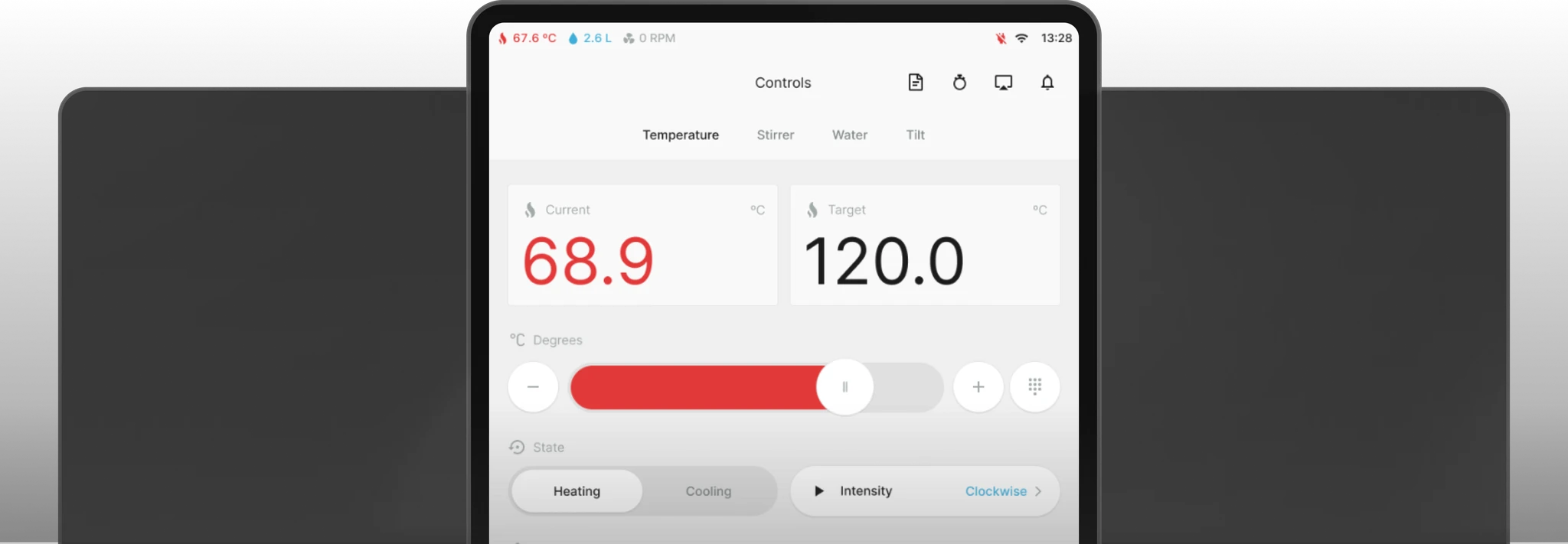
Better UX for kitchen operations
Industry
ENTERPRISE
Duration
8 weeks
Service
UX Design
App Design
Design systems


Better UX for kitchen operations
Industry
ENTERPRISE
Duration
8 weeks
Service
UX Design
App Design
Design systems


Better UX for kitchen operations
Industry
ENTERPRISE
Duration
8 weeks
Service
UX Design
App Design
Design systems


Better UX for kitchen operations
Industry
ENTERPRISE
Duration
8 weeks
Service
UX Design
App Design
Design systems


Better UX for kitchen operations
Industry
ENTERPRISE
Duration
8 weeks
Service
UX Design
App Design
Design systems


Better UX for kitchen operations
Industry
ENTERPRISE
Duration
8 weeks
Service
UX Design
App Design
Design systems

Goal
Goal
Goal
Goal
Goal
Goal
JØNI, a Danish production company established in 1973, has long been a prominent commercial kitchen equipment manufacturer. It offers tilting pots, roasters, and hobs to the European market and beyond.
Driven by innovation and flexibility, JØNI has a team of 45 employees dedicated to creating products focusing on easy and ergonomic operation, hygiene, reliability, and longevity. Striving to be the preferred manufacturer for commercial kitchens, they aim to deliver solutions tailored to the unique needs of individual customers



































































Rethinking how millennials think and buy insurance
Consumer

Rethinking how millennials think and buy insurance
Consumer

Rethinking how millennials think and buy insurance
Consumer

Rethinking how millennials think and buy insurance
Consumer

Rethinking how millennials think and buy insurance
Consumer

Rethinking how millennials think and buy insurance
Consumer

Designing a podcast brand that stands out before pressing play
Consumer

Designing a podcast brand that stands out before pressing play
Consumer

Designing a podcast brand that stands out before pressing play
Consumer

Designing a podcast brand that stands out before pressing play
Consumer

Designing a podcast brand that stands out before pressing play
Consumer

Designing a podcast brand that stands out before pressing play
Consumer

Consumer-centric website for L’easy
Consumer

Consumer-centric website for L’easy
Consumer

Consumer-centric website for L’easy
Consumer

Consumer-centric website for L’easy
Consumer

Consumer-centric website for L’easy
Consumer

Consumer-centric website for L’easy
Consumer
Office
Njalsgade 21F, 6.
Copenhagen
Denmark
Let’s build together

15-minute call
Let’s see if we’re a good fit
Office
Njalsgade 21F, 6.
Copenhagen
Denmark
Let’s build together

15-minute call
Let’s see if we’re a good fit
Office
Njalsgade 21F, 6.
Copenhagen
Denmark
Let’s build together

15-minute call
Let’s see if we’re a good fit
Office
Njalsgade 21F, 6.
Copenhagen
Denmark
Let’s build together

15-minute call
Let’s see if we’re a good fit
Office
Njalsgade 21F, 6.
Copenhagen
Denmark
Let’s build together

15-minute call
Let’s see if we’re a good fit
Office
Njalsgade 21F, 6.
Copenhagen
Denmark
Let’s build together
